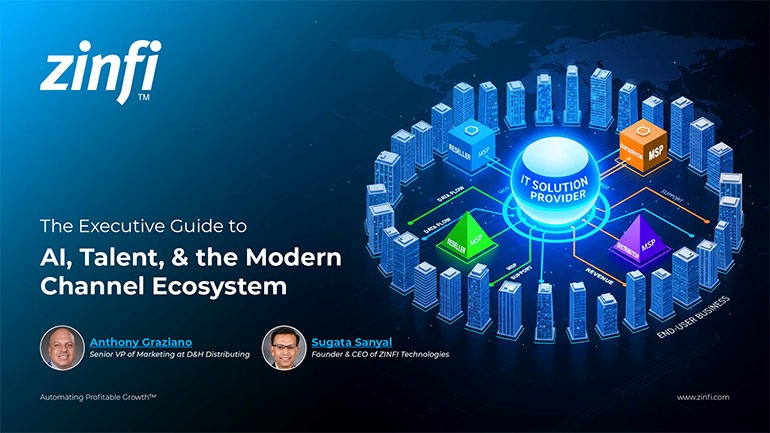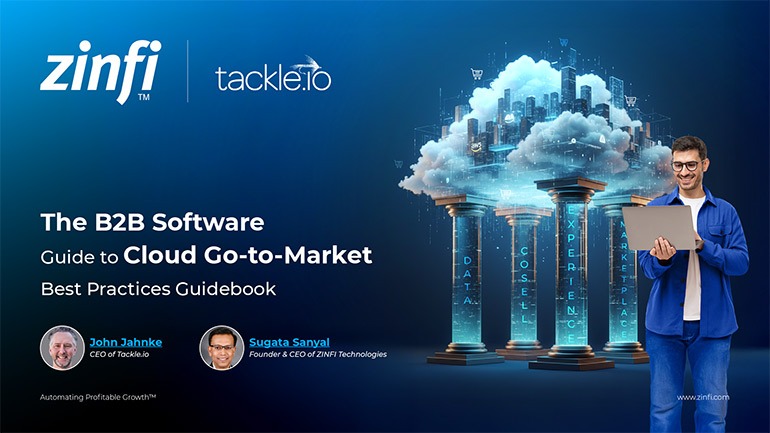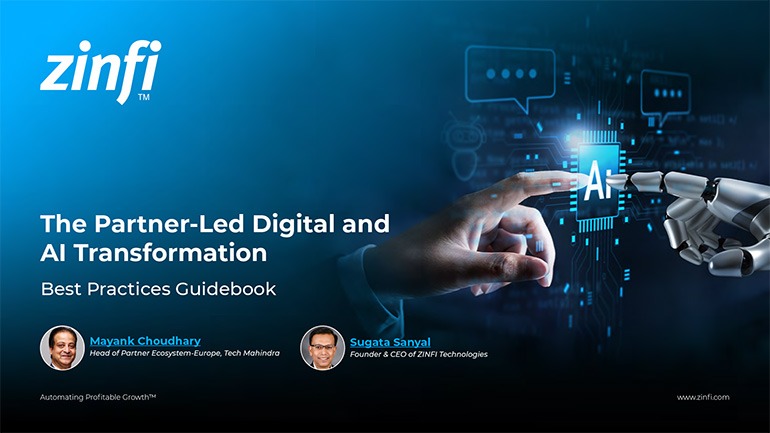Glossary - How to - PRM Content Automation
How to Implement PRM Content Automation?
Introduction
Defining PRM Content Automation
PRM (Partner Relationship Management) content automation uses digital tools and platforms to create, distribute, and manage marketing, sales, and training content across a partner ecosystem. This automation ensures content is consistently branded, up-to-date, and aligned with business goals. Organizations can empower their partners with timely, personalized, and relevant materials by automating repetitive content tasks, improving overall collaboration and performance.
Importance in the Partner Ecosystem
In the modern partner ecosystem, success hinges on timely and effective communication. PRM content automation ensures that partners receive the resources to market and sell products efficiently, reducing content bottlenecks that arise from manual processes and supporting real-time updates across various channels. Automated content delivery enhances partner satisfaction and boosts their productivity by providing self-service access to essential materials.
Relation to Partner Management Automation and PRM
Partner management automation encapsulates tools and strategies that streamline every aspect of partner engagement, from recruitment and onboarding to training and performance tracking. PRM content automation is a core ecosystem component, ensuring partners have the right content. This drives better alignment between vendors and partners, enhances scalability, and facilitates data-driven decision-making within the PRM platform.
Key Takeaways:
Establishing a Centralized Content Repository:
To effectively automate PRM content, organizations must first build a centralized content repository. This repository is the single truth source for all partner-facing content, ensuring consistency and eliminating version-control issues. Platforms like ZINFI’s Unified Partner Management (UPM) offer centralized digital asset management that allows easy tagging, categorizing, and retrieving content. This enables partners to self-serve content as needed, reducing dependency on channel managers.
Utilizing Dynamic Content Personalization:
One of the significant benefits of content automation is the ability to personalize content dynamically for different partners. The PRM platform can generate customized co-branded assets, localized brochures, or tailored email campaigns based on partner type, location, market segment, or buyer persona. Tools like ZINFI’s Co-Branding Engine facilitate this process, allowing partners to generate materials using vendor-approved templates, enhancing engagement and relevance.
Automating Campaign Execution:
PRM platforms with content automation capabilities often include pre-built marketing campaigns that partners can easily deploy. These campaigns integrate landing pages, email workflows, and social media posts, reducing the workload for partners. Automation ensures these campaigns are executed consistently and efficiently. ZINFI’s Partner Marketing Management module empowers partners with ready-to-go campaigns that are fully trackable and customizable.
Enabling Real-Time Content Updates and Notifications:
Keeping content up-to-date is critical in fast-paced markets. Automated alerts and content versioning ensure partners are notified whenever a new product datasheet, pricing update, or compliance material is released. This feature reduces miscommunication and ensures all stakeholders operate with the latest information. PRM systems like ZINFI’s support real-time notifications through an integrated communication layer.
Tracking Engagement and Optimizing Content:
Automated analytics tools within PRM platforms track how partners use content: what is downloaded, shared, and generates leads. These insights allow vendors to fine-tune their content strategy by identifying high-performing assets and retiring underused ones. ZINFI provides detailed reporting dashboards that help align content investments with partner needs and performance outcomes.
Summary of Key Takeaways:
PRM content automation drives operational efficiency, content consistency, and deeper partner engagement. By implementing centralized content repositories, dynamic personalization, automated campaigns, real-time updates, and usage analytics, organizations can maximize the impact of their content strategy within a PRM framework.
Key Examples:
- Automotive Manufacturing: Companies use PRM content automation to provide localized sales brochures, dealer training videos, and promotional campaigns. With regional compliance regulations and various dealership needs, automated systems ensure consistent messaging across all touchpoints.
- Consumer Electronics: Frequent product launches demand agile content distribution in the consumer electronics industry. Automation helps deliver updated spec sheets, co-branded launch kits, and influencer outreach content simultaneously to thousands of retail partners.
- Energy Production: Energy firms leverage content automation to disseminate regulatory documents, case studies, and ROI calculators tailored to different segments (e.g., solar installers vs. utility companies), supporting targeted outreach and partner education.
- Financial Services: Financial institutions use PRM platforms to automate compliance training materials, policy updates, and co-branded investment brochures. This ensures consistent communication while meeting strict regulatory requirements.
- Food and Beverage: Brands in this sector automate the distribution of seasonal promotions, product launch materials, and training modules for retail staff and distribution partners, ensuring timely and targeted engagement.
- Healthcare Services: Healthcare providers and suppliers use PRM content automation to provide HIPAA-compliant materials, patient education resources, and procedural updates, ensuring accuracy and compliance across a vast network of service partners.
- Information Technology: IT companies depend on automated content delivery to enable partners with technical documentation, product updates, and training resources, supporting faster onboarding and improved solution delivery.
- Pharmaceutical Development: Pharma companies distribute clinical trial protocols, product labeling, and educational materials through PRM systems to ensure that distributors and healthcare partners receive consistent, regulatory-approved information.
- Retail Industry: Retail chains and franchises benefit from automated content delivery of seasonal campaigns, pricing updates, and employee training, ensuring consistent brand representation across geographies.
- Telecommunications: Telecom providers automate the creation and sharing of rate plan brochures, compliance notices, and network upgrade information, enabling faster go-to-market strategies across channel partners.
Conclusion:
PRM content automation is a strategic imperative for any organization aiming to scale its partner ecosystem. By centralizing content, enabling dynamic personalization, automating campaign execution, maintaining real-time updates, and leveraging analytics, businesses can streamline partner engagement and improve outcomes. Industry examples across verticals demonstrate how automation meets unique compliance, localization, and scalability needs.
Integrating PRM content automation into a broader partner relationship management strategy ensures partners are always equipped, aligned, and ready to succeed. ZINFI’s PRM suite offers comprehensive tools to make this automation seamless and scalable, empowering organizations to drive measurable partner success.
Associated Keywords:
- PRM Automation Tools
- Content Management for Partners
- Partner Marketing Automation














